Top 10 Most Beautiful Historical Sites in Austria
From the stately Schonbrunn Palace in Vienna to the daunting edifice of Hohensalzburg Fortress, there’s no shortage of incredible historic sites in Austria. ... read more...They include the mausoleums carved into the face of Salzburg’s Mönchsberg and the remains of a strategically vital Roman city. Enjoy with Toplist the top most beautiful historical sites in Austria.
-
Schonbrunn Palace (Schloss Schönbrunn) in Vienna was in the possession of the Habsburg Dynasty from the 16th century to 1918, when it passed into the hands of the Austrian Republic. Originally known as Katterburg, it was renamed Schonbrunn in approximately 1642.
The land on which Schönbrunn Palace sits was purchased by the Holy Roman Emperor Maximilian II in 1569 and used as a hunting lodge and recreational venue before the buildings were destroyed as part of the Turkish siege of Vienna in 1683. Reconstruction of Schönbrunn Palace began in 1696 under the orders of Emperor Leopold I and was designed by architect Johann Bernhard Fischer von Erlach in a Baroque style.
Maria Theresa transformed Schönbrunn, both in terms of architecture and the palace’s stature. She spearheaded the renovation and extension of Schönbrunn, turning it into a palatial residence designed by architect Nikolaus Pacassi and making it a focal point of Austrian political and social life.
Schönbrunn Palace did undergo some renovation during the 19th century, including the removal of much of its Rococo façade and the repainting of its exterior to a color known as “Schönbrunn Yellow”. Now a UNESCO World Heritage Site, Schonbrunn Palace and its magnificent gardens are one of the most beautiful historical sites in Austria and visitors can avail themselves of various themed guided tours or make use of free audio guides.
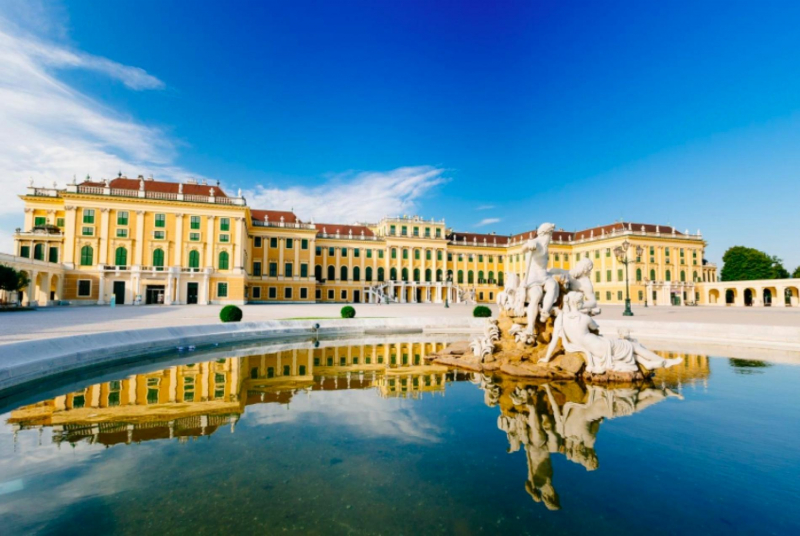
Klook.com 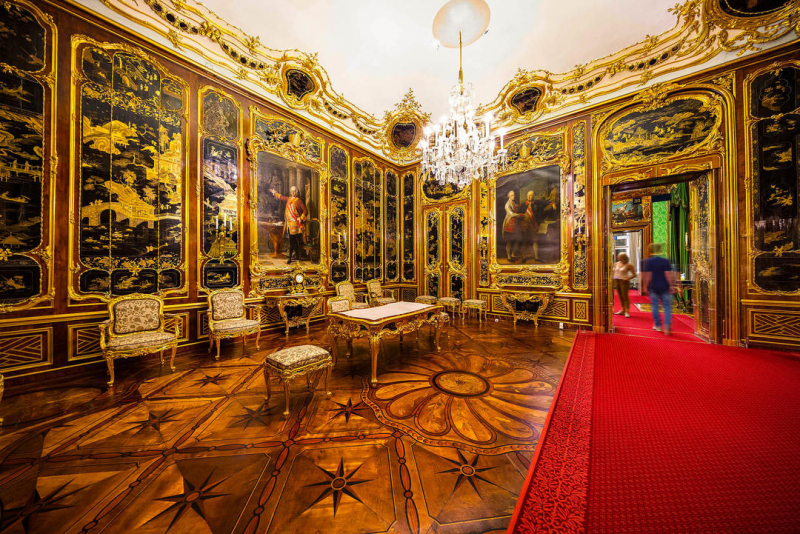
planetofhotels.com -
Hofburg Imperial Palace, or just “the Hofburg”, is a grand palace in Vienna. It was owned by the Austro-Hungarian Habsburg Dynasty until 1918, when it passed to the Austrian Republic. Today it is a buzzing network of museums, restaurants and halls as well as the seat of the President of Austria.
Although the oldest, square parts of the building date back to the 13th century, Hofburg Imperial Palace became a residence of the emperors of the Holy Roman Empire from the 15th century. Schönbrunn Palace did undergo some renovation during the 19th century, including the removal of much of its Rococo façade and the repainting of its exterior to a colour known as “Schönbrunn Yellow”.
Hofburg Imperial Palace contains a wealth of architectural gems and a part of most beautiful historical sites in Austria. It includes works by Filiberto Luchese, Lukas von Hildebrandt and Joseph Emanuel Fischer von Erlach. Joseph Emanuel also designed parts of Schonbrunn Palace. Hofburg Palace is now made up of a series of museums, such as the Sisi Museum, housing the imperial silver collection, the Euphesus Museum of neo-baroque architecture, the natural history museum and the collections of military armour.
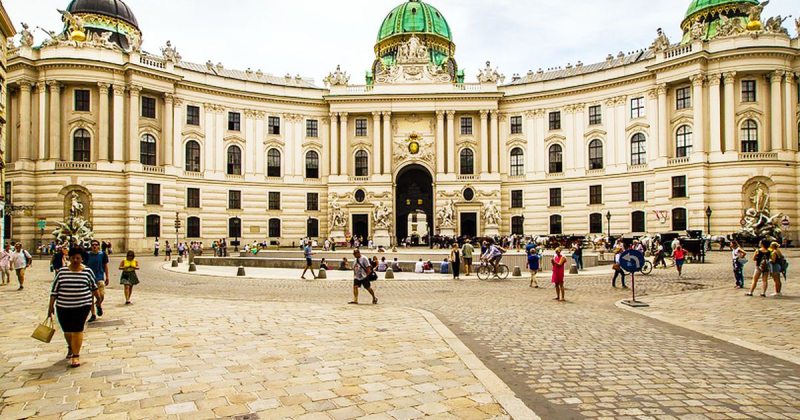
Vienna Pass 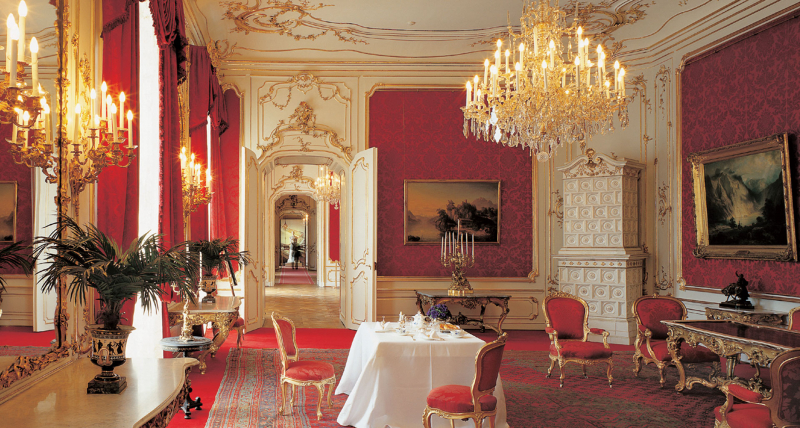
Lovetravel -
The Vienna State Opera House dates back to 20 December 1857, when Emperor Franz Josef made his intention to expand Vienna’s public buildings known. The design of the Vienna State Opera House was awarded to architects August Sicard von Sicardsburg and Eduard van der Nüll.
Neither lived to see its completion on 25 May 1869. The structure’s renaissance style is still prominent today, despite the building’s destruction in 1945 by American bombing raids. The first post-war performance of Fidelio by Beethoven was held in the renovated building on 5 November 1955.
Today, the State Opera House houses the world famous Vienna Philharmonic. Guided tours of the building are available. They include the entrance foyer, the main staircase, the marble room, Schwind foyer and the Gustav Mahler room, and occasionally a tour of the auditorium.
The nearby Vienna State Opera Museum displays a series of exhibitions relating to the building and its history since 1955. Of course, another way to tour the Vienna State Opera House is to buy a ticket to a performance, but do so far in advance as these are very popular.
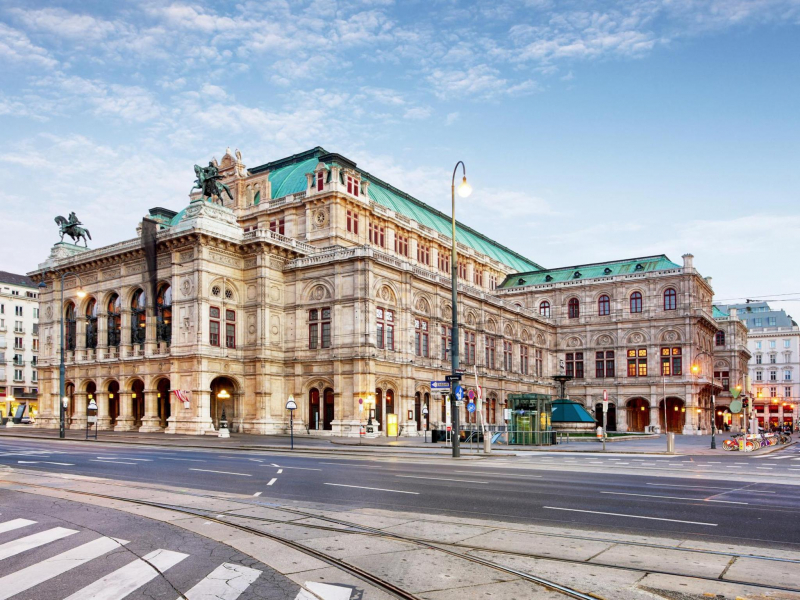
booking.com 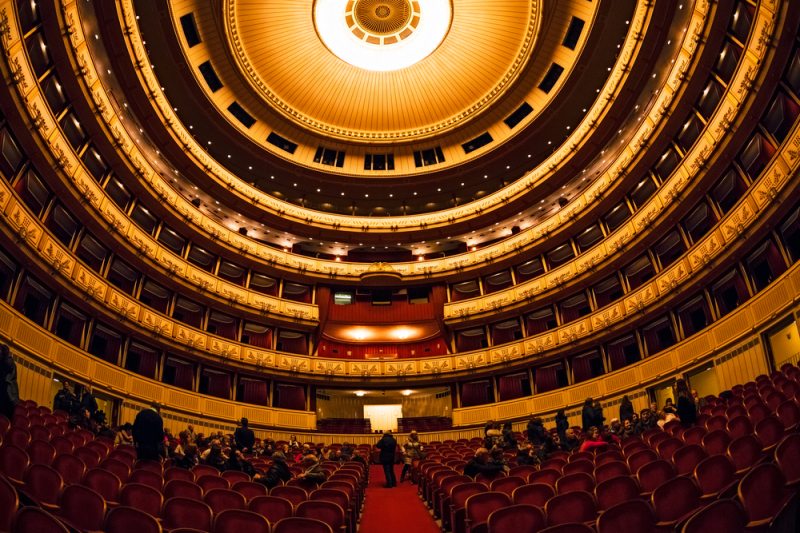
Travel Daily -
Mozart’s Birthplace, a townhouse in Salzburg, has been transformed into a museum of the composer’s life. Set over 3 floors, the birthplace of Wolfgang Amadeus Mozart is also where he lived on the third floor with his sister and parents from his birth on 27 January 1756 until 1773. The rooms can be viewed in their original state and include artefacts such as some of his instruments, documents, keepsakes and portraits.
The exhibits of the third floor include Mozart’s childhood violin and harpsichord alongside family letters, portraits and early versions of his music. The house’s second floor is devoted to Mozart’s passion for opera, housing the clavichord on which he composed The Magic Flute. The first floor reconstructs life in Mozart’s lifetime with period furniture.
Today, explore the Salzburg house dedicated to the composer. The exhibits of the third floor include Mozart’s childhood violin and harpsichord alongside family letters, portraits and early versions of his music. The house’s second floor is devoted to Mozart’s passion for opera, housing the clavichord on which he composed The Magic Flute. The first floor reconstructs life in Mozart’s lifetime with period furniture.
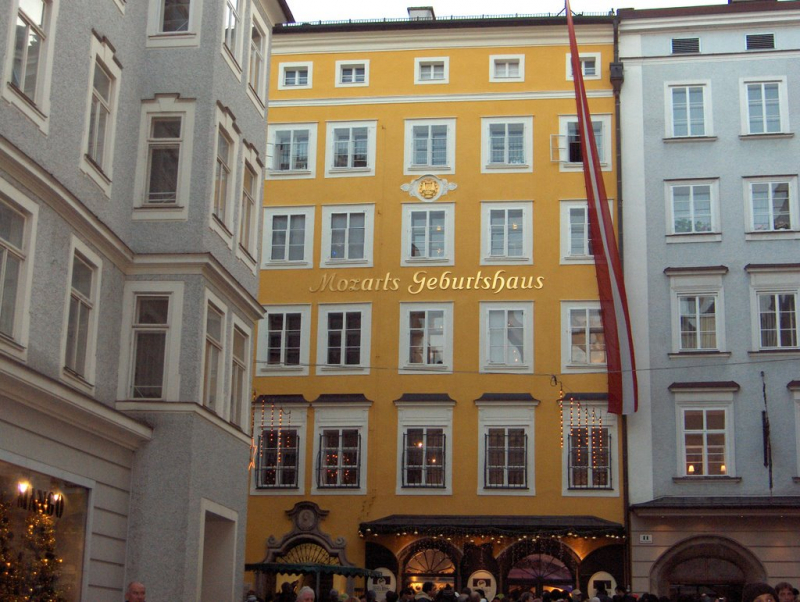
Mapio.net 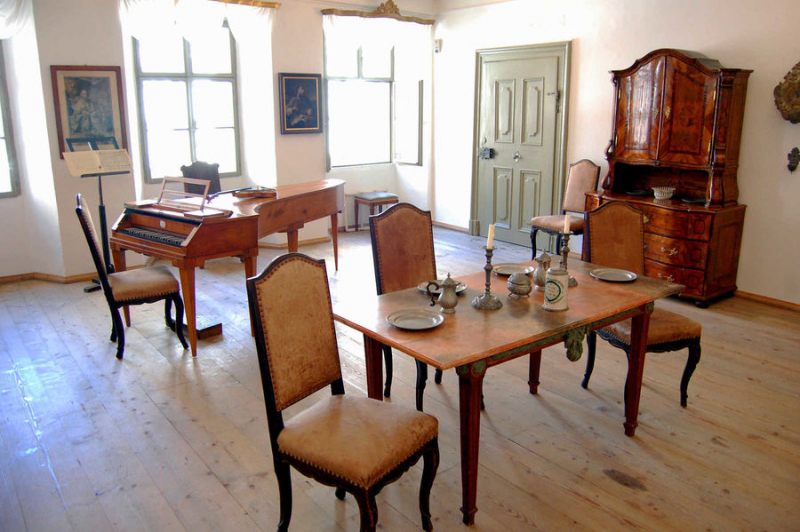
Meta Trip -
The two magnificent Baroque Belvedere Place – Upper and Lower – are the most visited cultural sites in Vienna. They were built in the early years of the 18th century as a summer residence by Prince Eugene of Savoy, one of the Holy Roman Empire’s most distinguished statesment, military commanders and most beautiful historical sites in Austria.
Built by world-renowned Baroque architect Johann Lukas von Hildebrandt, Lower Belvedere where Prince Eugene lived was completed in 1716 and Upper Belvedere in 1724. The palaces are connected by a spectacular garden designed by Parisian garden designer Dominique Girard.
The Lower Belvedere Palace includes the Marble Gallery with plaster medallions of the Greek god Apollo, the Grotesque Hall’s detailed wall paintings and the richly decorated Sale Terrene and Garden Pavilion. Meanwhile the Upper Belvedere Palace contains one of Europe’s finest art collections.
Prince Eugene was a famous patron of the arts and was an avid collector of 16th and 17th century Italian, Dutch and Flemish art. The palace features the world’s largest collection of Gustav Klimt paintings. It also has famous works by Monet and Van Gogh, and the grimacing character heads of sculptor Franz Xaver Messerschmidt.
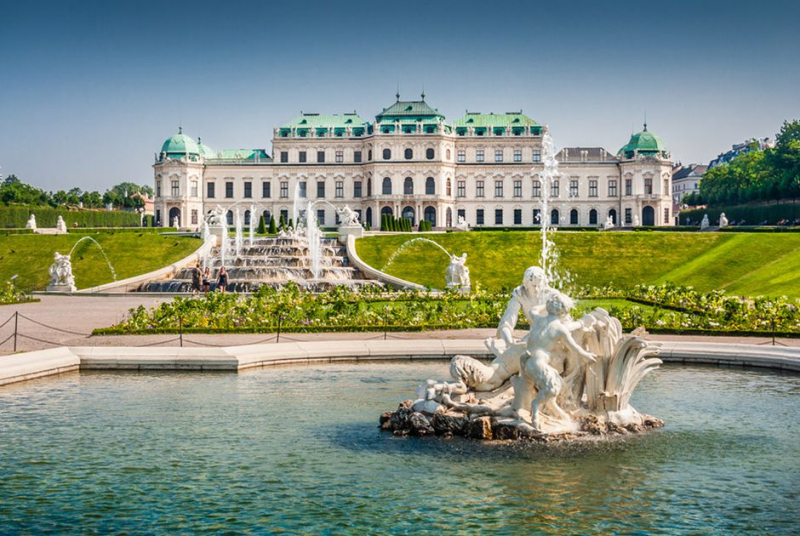
Love Travel 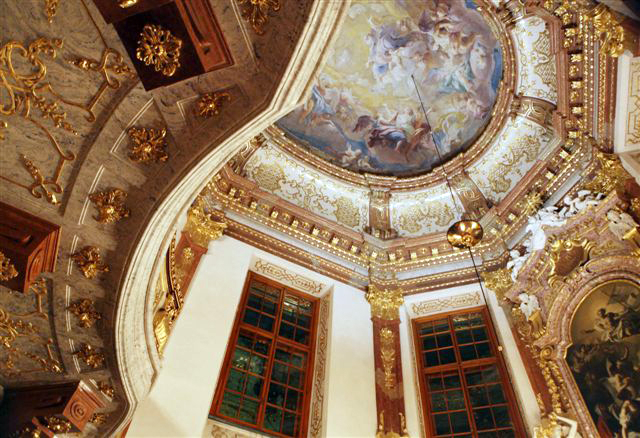
Wikicommon -
Hohensalzburg Fortress, also known as Hohensalzburg Castle, in Salzburg, Austria, is an incredibly well preserved citadel and one of the largest remaining medieval fortresses in central Europe. Hohensalzburg was built in 1077 by Gebhard von Helfenstein, also known as Prince Gebhard I of Helffenstein and Archbishop Gebhard, and was later expanded over the centuries, including by Archbishop Leonhard von Keutschach in the sixteenth century.
The fortress towers above Salzburg, and no visit to the city is complete without a trip up to it. The spectacular Golden Hall is breath-taking: look out for the series of Festungskonzerte which use it as a backdrop year round – the programme is quite unsurprisingly quite Mozart heavy but it’s a must for any fans of classical music.
Inside Hohensalzburg Fortress is the Fortress Museum displaying, amongst other things, a good collection of ancient weaponry, Roman coins, and historic musical instruments. You can also see several state rooms as well as torture chambers. The views from Hohensalzburg Fortress are spectacular and these alone are worth the trip.
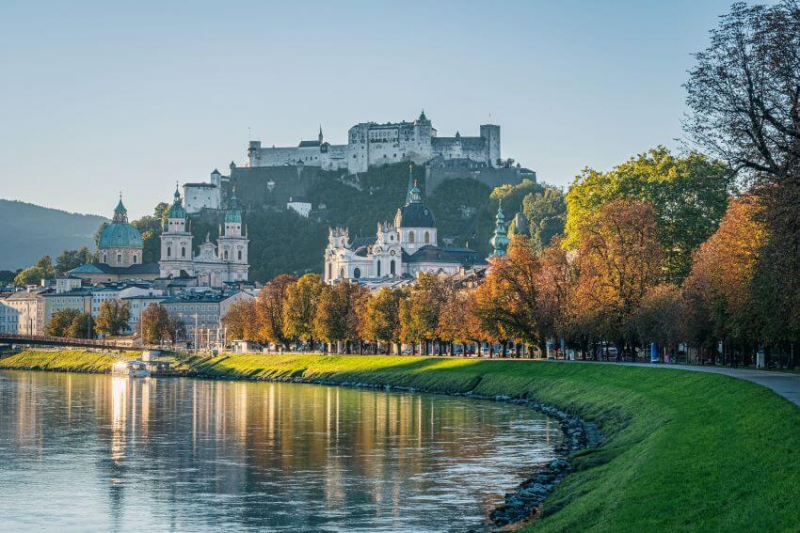
Via Traveler 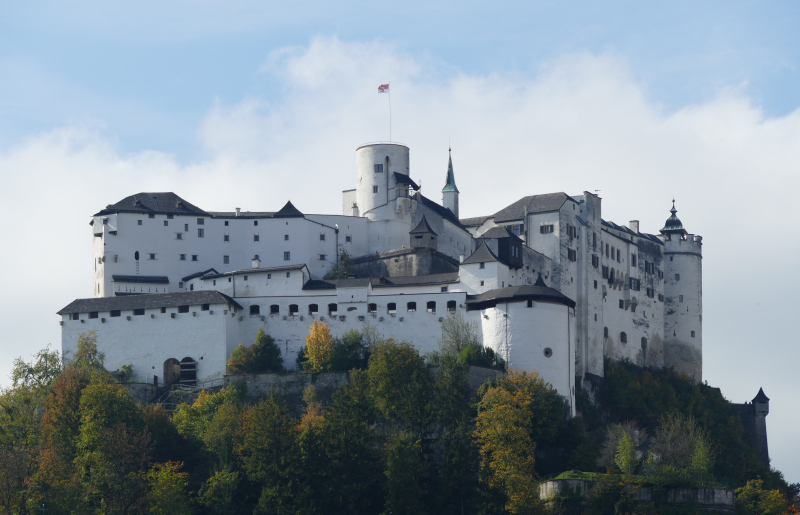
Joys of Traveling -
Salzburg Cathedral is the centre of this historical Austrian city’s ecclesiastical community and one of the most beautiful historical sites in Austria. Whilst the city’s first cathedral was built there in 767 AD, Salzburg Cathedral has been built, destroyed, reconstructed and expanded numerous times and has been consecrated three times.
Salzburg Cathedral was destroyed when the city was attacked in 1167. It was subject to another fire in 1598, which precipitated a controversy when the archbishop tore down the entire church rather than trying to preserve what remained. Salzburg Cathedral’s final incarnation took shape in the 17th century, when architect Markus Sittikus was commissioned to design a new cathedral. Sittikus designed Salzburg Cathedral in a Baroque style with a majestic marble façade, crowned with green domes and flanked by towers.
The cathedral’s dome was destroyed and rebuilt when it was struck by bombing raids in 1944. The cathedral was consecrated again in 1959 and dedicated to Saint Rupert of Salzburg. His statue stands in front of Salzburg Cathedral, together with apostles Peter and Paul and Saint Virgil. Inside the ornate interior of Salzburg Cathedral, visitors can find the place where composer Wolfgang Amadeus Mozart was baptized and where he composed music.
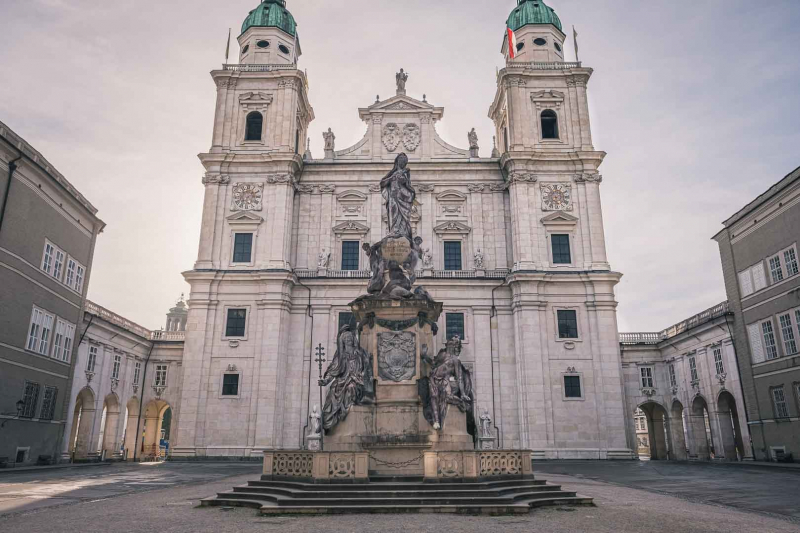
Free Walking Tour Salzburg 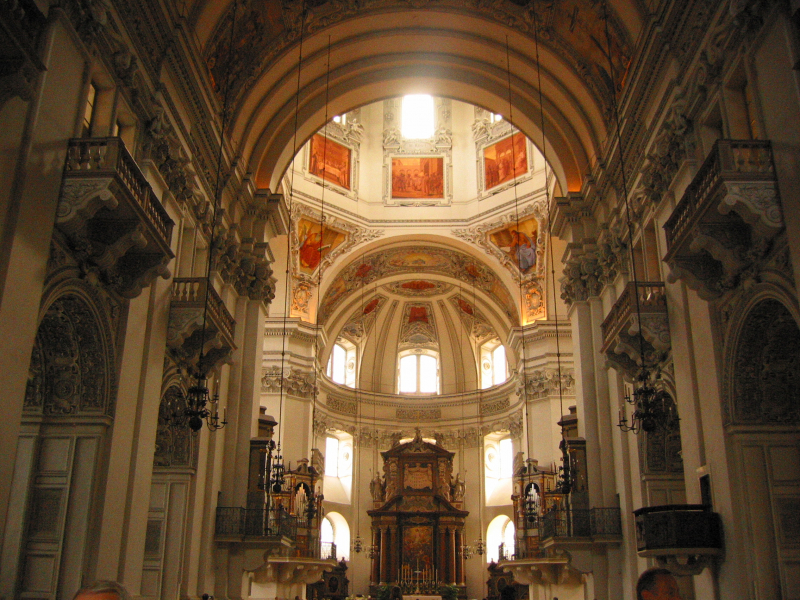
Thousand Wonders -
The Salzburg Catacombs are a series of mausoleums carved into the face of the Mönchsberg rock by the city’s St. Peter’s Cemetery. St. Peter’s Cemetery (Petersfriedhof) was built in 1627, making it Salzburg’s oldest graveyard. St Peter’s Cemetery is the resting place of several eminent people including the composer, Michael Haydn, the architect of Salzburg Cathedral, Sanction Solaria and Mozart’s sister, Mannerly. The historic Salzburg Catacombs overlook this beautiful cemetery and are accessible via a stone staircase.
Inside the Salzburg Catacombs, visitors can wander through the altars, deciphering their fascinating inscriptions and taking in the murals. It is unknown when the Salzburg Catacombs were originally constructed, but they are believed to have been built by early Christians. Inside the Salzburg Catacombs, visitors can wander through the altars, deciphering their fascinating inscriptions and taking in the murals. It is unknown when the Salzburg Catacombs were originally constructed, but they are believed to have been built by early Christians.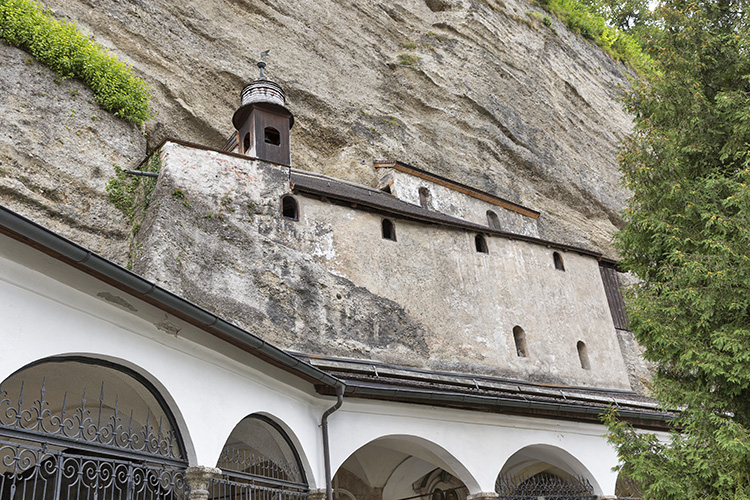
Historu Hits 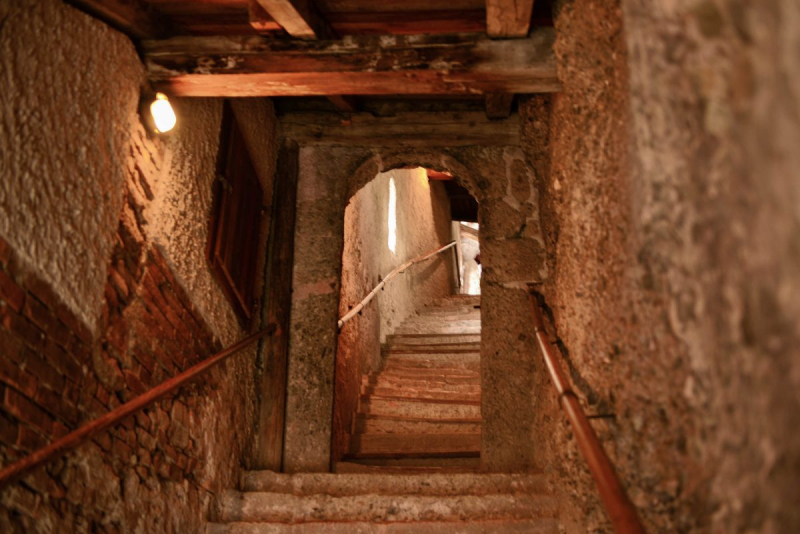
Franks Travelbox -
Hohenwerfen Castle is an impressive fortress in the Salzach valley of Austria, flanked by the Berchtesgaden Alps and the Tennen Mountains. Hohenwerfen Castle was built by the Archbishop of Salzburg in the 11th century, making it a “sister” of the city’s Hohensalzburg Fortress and Burgruine Petersberg in Friesach. Hohenwerfen Castle was built by the Archbishop of Salzburg in the 11th century, making it a “sister” of the city’s Hohensalzburg Fortress and Burgruine Petersberg in Friesach.
While the castle’s original fortifications were probably made from wood, Hohenwerfen had by the 15th century developed into a vast stone structure. The castle was used as a prison in the 17th and 18th centuries. It experienced a period of disuse in the early 19th century, before being restored by the romantic Archduke Johann between 1824 and 1833. It was mainly used as a hunting base until Archduke Eugen purchased the castle in 1898 and transformed the building into a stately home.
What had been an old Roman castle was transformed with a palace and chapel, then further defensive walls. Over time, the fortress was reinforced and equipped with newer technologies. The castle belongs to the state of Salzburg today, and the fortifications of Hohenwerfen Castle have been used as a tourist attraction since 1987. Hohenwerfen is near the region of the Salzkammergut, Austria’s lake district which includes historic sites such as Hallstatt, the Kaiservilla in Bad Ischl, and castle ruins like Burgruine Wartenfels.
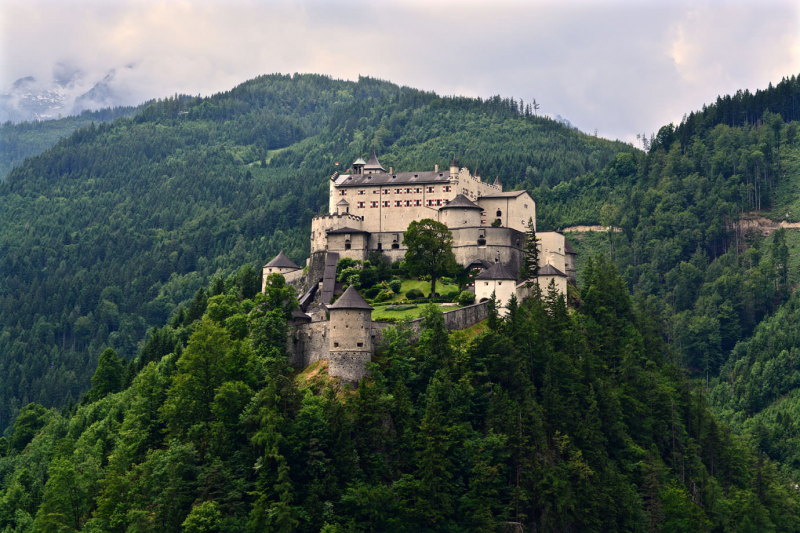
LIANA 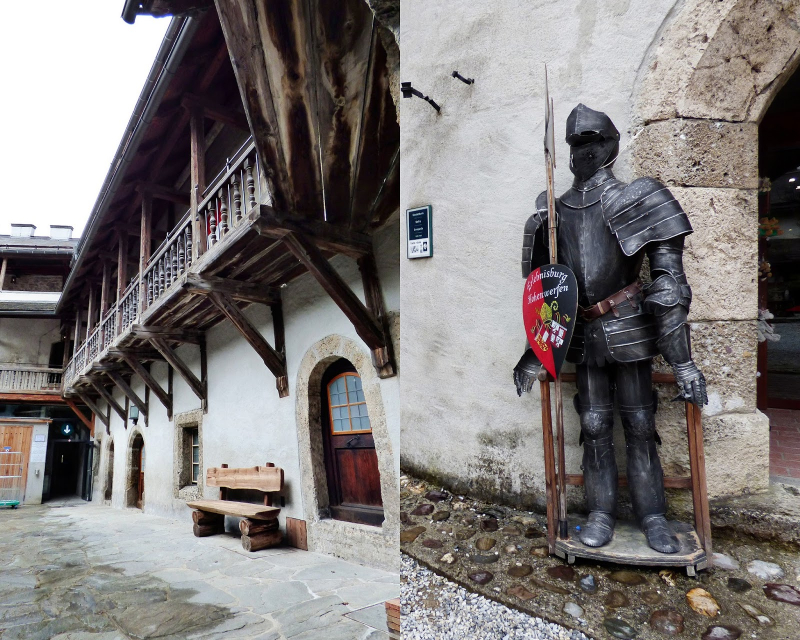
Paige Taylor Evan -
Carnuntum Archaeological Park in Austria contains both reconstructed and original remains from this once-thriving and strategically vital Roman city. The site is made up of a number of different attractions spread across a rather large area. Roman ruins sit amongst restored and reconstructed buildings, designed to encourage visitors to experience life in the Roman era. Roman influence took hold at Carnuntum in the early 1st century AD.
The Danube was vital to Rome’s defense and the site was chosen as the home to Rome’s 15th Legion. Emperor Claudius recognized the potential of the city, erecting a military camp designed to hold 6000 men while the city became the capital of the province of Upper Pannonia. A thriving civilian city expanded at Carnuntum, which became one of the largest Roman cities in the region.
Carnuntum’s position on the border left it vulnerable and the Barbarian Invasions gradually reduced the city to ruin. Visitors to Carnuntum can explore the city’s military camp, amphitheatre, religious buildings as well as the museum. Architectural reconstructions on-site were largely made with Roman tools and craftsmanship. They are among the most accurate representations of Roman life in the 4th century ever produced.
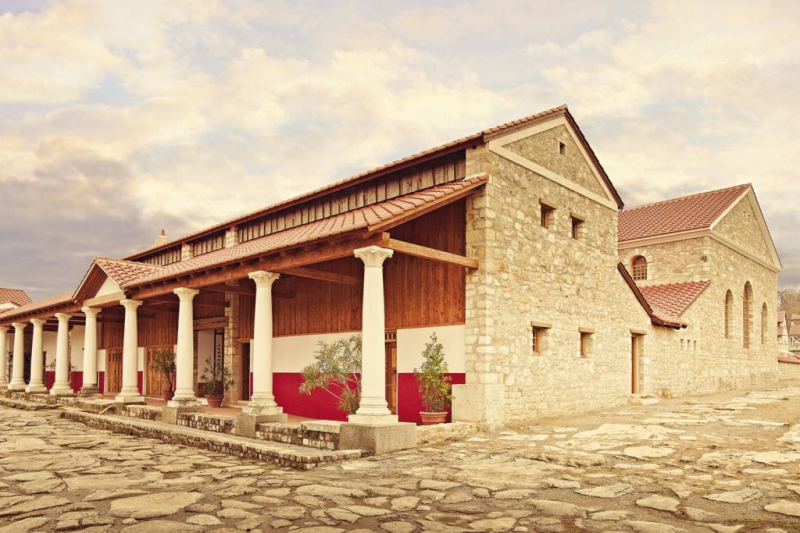
DOATRIP.de 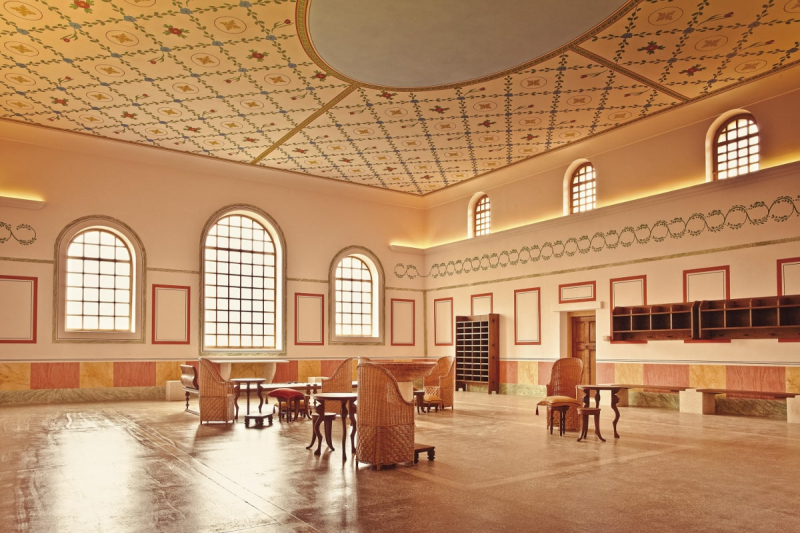
www.carnuntum.at































